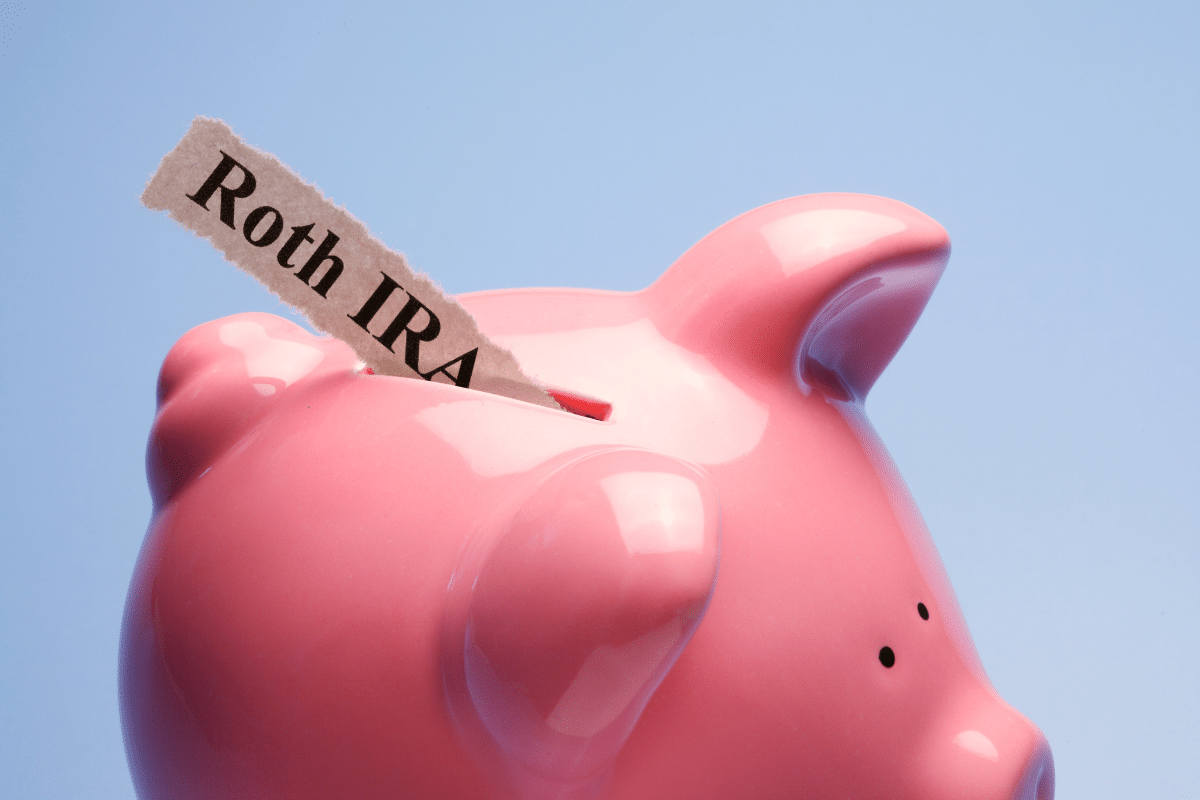If you’re a high-income earner looking for ways to help maximize your retirement savings, a Backdoor Roth Conversion might be the strategy you’ve been searching for. While income limits typically prevent individuals with higher earnings from contributing directly to a Roth IRA, this workaround allows you to sidestep those restrictions and take advantage of the tax benefits a Roth IRA offers. Here’s how it works and why it could be a game-changer for your retirement planning.
Understanding the Backdoor Roth IRA
The IRS imposes income limits on direct contributions to Roth IRAs. For 2025, the phase-out range for single filers is a modified adjusted gross income (MAGI) between $150,000 and $165,000, and for joint filers, between $236,000 and $246,000. Individuals with incomes exceeding these thresholds are prohibited from making direct Roth IRA contributions.
However, there are no income limits for non-deductible contributions to traditional IRAs. By contributing to a traditional IRA and then converting those funds to a Roth IRA – a process known as a Backdoor Roth Conversion – high-income individuals can effectively bypass the Roth IRA income restrictions.
And before you ask, yes it’s legal! The IRS has explicitly stated that under the current law, a Backdoor Roth Conversion is perfectly legal.
How to Execute a Backdoor Roth IRA
Implementing a Backdoor Roth IRA involves the following steps:
- Contribute to a Traditional IRA: Make a non-deductible contribution to a traditional IRA. For 2025, the contribution limit is $7,000, with an additional $1,000 catch-up contribution allowed for individuals aged 50 and above.
- Convert to a Roth IRA: Shortly after the contribution, convert the traditional IRA funds to a Roth IRA. This minimizes potential taxable earnings that could accrue between the contribution and conversion.
- File IRS Form 8606: When filing your tax return, complete Form 8606 to report the nondeductible contribution and the Roth conversion, ensuring proper tax reporting.
Tax Implications to a Backdoor Roth Conversion
As with many financial decisions, it’s important to understand the tax consequences associated with a Backdoor Roth Conversion:
- Non-deductible Contributions: Since the initial contribution to the traditional IRA is non-deductible, it doesn’t provide a tax deduction and is considered “after-tax” dollars.
- Tax on Earnings: If there are any earnings in the traditional IRA before conversion, those earnings are subject to income tax upon conversion. Converting promptly after contribution helps minimize taxable earnings.
- Pro-Rata Rule: If you have other traditional, SEP, or SIMPLE IRA accounts with pre-tax contributions, the IRS requires you to calculate the taxable portion of the conversion based on the proportion of pre-tax and post-tax funds across all your IRAs. This is known as the pro-rata rule and can complicate the tax implications of the conversion.
Benefits of a Backdoor Roth Conversion
Utilizing a Backdoor Roth IRA offers several advantages:
- Tax-Free Withdrawals: Qualified distributions from a Roth IRA are tax-free, providing tax-efficient income during retirement.
- No Required Minimum Distributions (RMDs): Unlike traditional IRAs, Roth IRAs do not mandate RMDs during the account owner’s lifetime, allowing the funds to grow tax-free for a longer period.
- Estate Planning Advantages: Roth IRAs can be passed to heirs, who can continue to benefit from tax-free growth and withdrawals, making it a valuable tool for estate planning.
Considerations and Potential Drawbacks
While the Backdoor Roth IRA strategy can be beneficial, it’s essential to consider potential drawbacks:
- Complexity: The process involves multiple steps and requires careful tax reporting. Errors can lead to unexpected tax liabilities or penalties.
- Five-Year Rule: Each conversion has its own five-year waiting period before earnings can be withdrawn tax-free. Withdrawing converted amounts within five years may result in a 10% penalty.
- Pro-Rata Rule Implications: As previously mentioned, existing pre-tax IRA balances can complicate the tax calculations due to the pro-rata rule, potentially increasing the taxable portion of the conversion.
Is a Backdoor Roth Conversion Right for You?
A Backdoor Roth Conversion is a legitimate and potentially advantageous strategy for high-income individuals to access the benefits of a Roth IRA. However, due to the complexities involved, particularly concerning tax implications and existing IRA balances, it’s advisable to consider consulting with a financial advisor or tax professional to determine if this strategy aligns with your financial goals and to help ensure proper execution.
If you’re looking for more strategies like a Backdoor Roth Conversion to incorporate into your financial plan, feel free to contact our office for an initial consultation and see how we may be able to help you reach your financial goals.
For more information on Backdoor Roth Conversions, see insights from our President & Senior Wealth Advisor, Paula Nangle, CFP®, in Barron’s.


